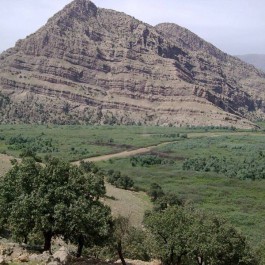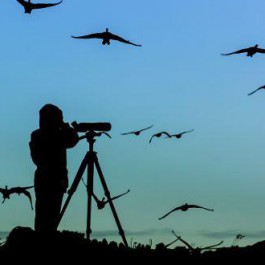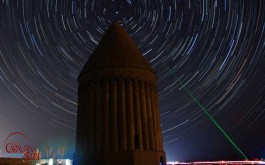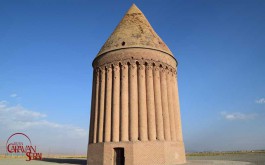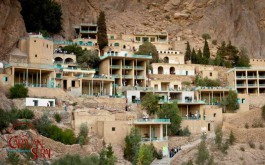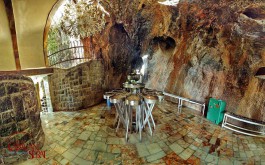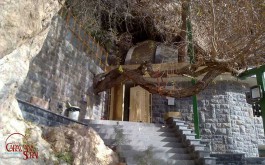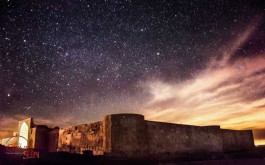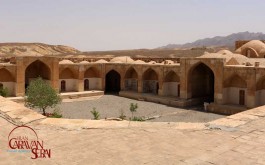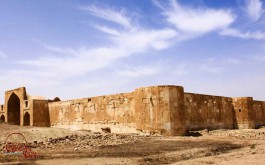iran astronomical tour
The first astronomical tour of Iran was held by Nojum Magazine in the early 1370s and it has become popular among young people with the development of amateur astronomy. Therefore, astronomical societies played an indispensable role in establishing astronomical tours in Iran. These societies had to get rid of cities' air pollution and select the appropriate sites of observatory destinations.
What areas in Iran are good for observing stars?
Desert areas and provinces located on desert margins are the main destinations for Iran astronomical tours. In general, regions with clean sky, without any air pollution, have the most potential for holding such tours.
National parks and preserved areas can be named as astronomical tours' destinations. To identify such destinations in terms of Iran's provinces, eleven provinces can be mentioned as follows: Semnan, Yazd, Isfahan, North Khorasan, South Khorasan, Sistan and Baluchestan, Razavi Khorasan, Fars, Golestan, Hormozgan and Kerman.
Observing stars in the beautiful night sky is a unique experience that fascinates many tourists. Some historical observatory sites of Iran are as follows:
What areas in Iran are good for observing stars
-
Qasr-e Bahram Caravanserai:
Qasr-e Bahram Caravanserai which is also known as Shah Abbasi Caravanserai and Siah Kooh Ribat is located on Semnan province, the south of Garmsar city, where is called Kavir National Park. Qasr-e Bahram complex was built on Sasanian Empire and was renovated by Shah Abbas Safavid as a caravanserai. You need to get permission of Semnan Province Department of environment in order to visit and accommodate in Qasr-e Bahram.
History of Bahram Palace
To take a night observing stars, travelling to Gasr-e Bahram is highly recommended. Being far away from environmental pollutions of metropolitan cities such as Tehran and Kashan, and light pollution in particular, creates the sky with hundreds of stars in this region. This caravanserai is located on Kavir National Park on south east of Tehran. Varamin road has the shortest distance to get access to Qasr-e Bahram and spend a memorable summer night.
-
Czech Czech Yazd
Yazd is among Iran desert areas with clean blues sky. Chak Chak village is located along desert which is known as a holy place by Zoroastrians. In addition to dark sky without light pollution, many historical buildings can be observed. Despite of desert hot summers, Chak Chak is an area with eye-catching mountains where is considered as the shrine of Zoroastrians and this belief had led to the tranquility and peacefulness of the region. Chak Chak village has a sky full of stars since it is far away from Yazd city; on the contrary, star observers cannot observe the real sunshine because of its mountainous characteristics.
History of Czech Czech Yazd
Chak Chak temple also known as Pir-e Sabz is located on the 30 kilometers of Ardakan or 52 kilometers of Yazd. Name of this incredible place is derived from the sound of water dropping from a cliff. Chak Chak shrine is one of the most sacred places of worship for Zoroastrians which is embedded within the mountain.
-
Radkan Observatory
One of the best regions to observe celestial objects is located on the 78 kilometers to North West of the Holy Mashhad. For many years, it was generally believed that the tower situated between Hezar Masjed and Binalud mountains is a mausoleum of one of Ilkhani kings. In contrast, after searching diverse documents, it was identified as Radkan Tower near a village with the same name which was built as the sky observatory.
History of Radkan Observatory
The historical Radkan tower in Chenaran area is the only tower which enables observers to designate four seasons of the leap year and the beginning of Nowruz. The tower was built on the 7th century AH; with two entrances that one of them is opened to ruins of a mansion which E'temad o-Saltaneh predicted to be the Grand Mosque of the City. The building has undergone major decay that the upper part of over door and the inner dome was almost ruined. Hence, The National Organization of Iran Historical Heritage renovated the building on 1346. The astronomical structure of the tower was designed in a way that specifies noon Adhan with high accuracy, as well as the four seasons, beginning of the earth's revolution, and the beginning of Nowruz.
